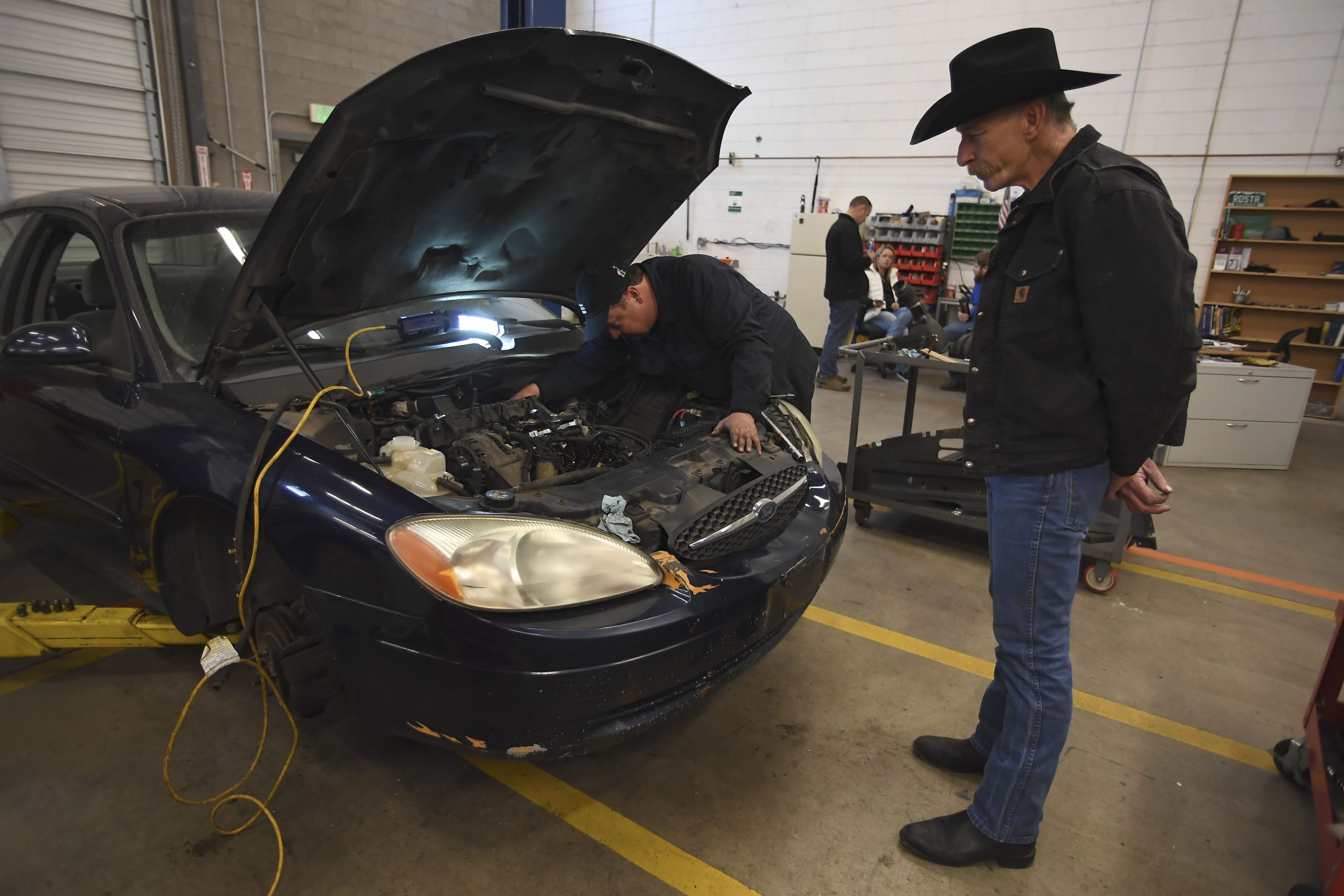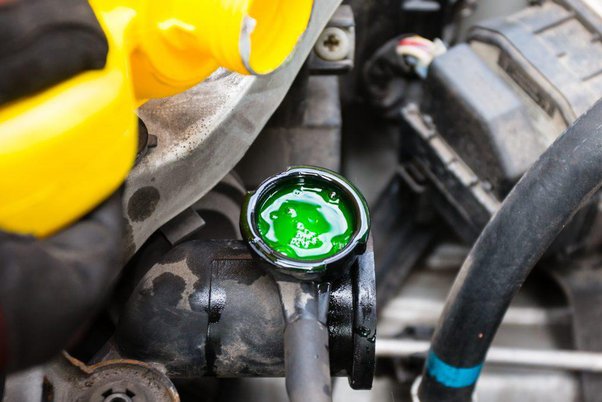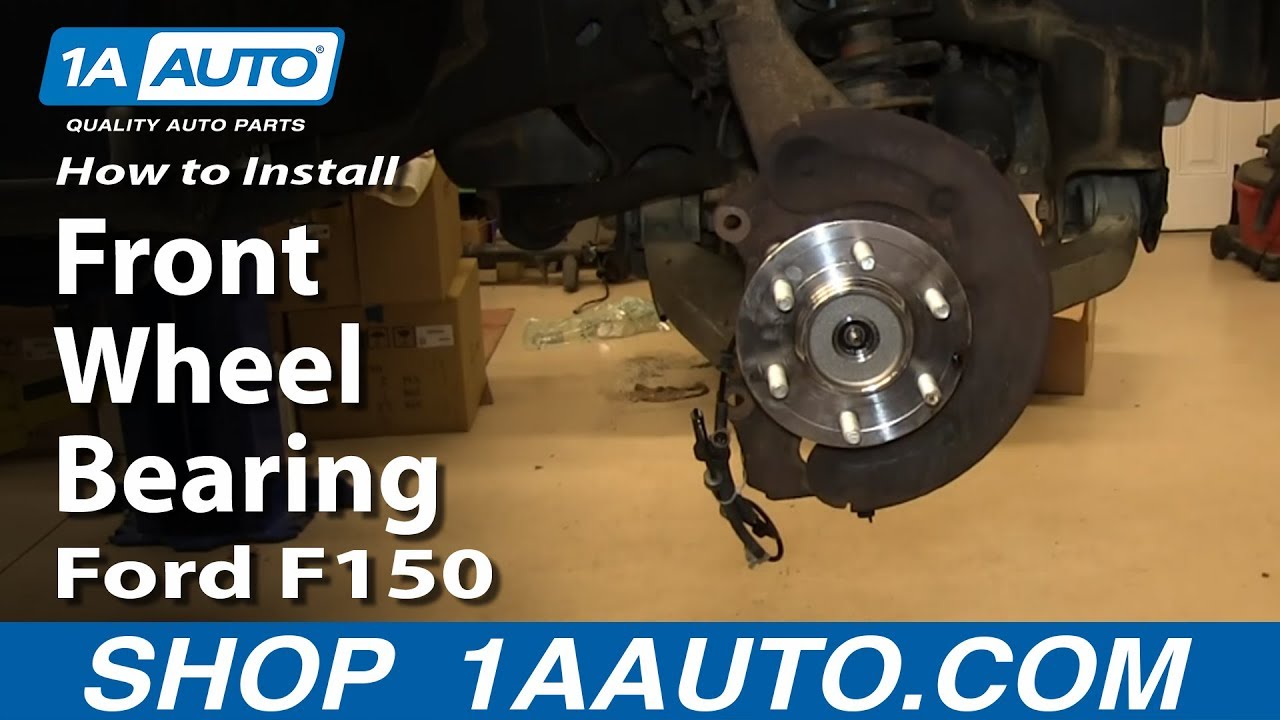Is It Worth Repairing 17 Year Old Car
Repairing a 17-year-old car may not be cost-effective due to potential ongoing maintenance issues. The decision should consider repair costs versus the vehicle’s value and reliability.
Owning a car that has celebrated its 17th birthday can elicit fond memories and a certain pride in its longevity. Yet, every vehicle has a lifespan, and deciding whether to repair an older model is crucial for both your safety and your finances.
The cost of repairs must be weighed against the car’s residual value and its ability to perform without frequent breakdowns. Regular maintenance becomes increasingly important as a car ages, and some fixes can exceed the vehicle’s worth. This leaves car owners with a tough choice: invest in repairs or put that money toward a newer, more reliable form of transportation? It’s essential to analyze repair costs, consider potential future expenses, and evaluate your personal attachment to the vehicle before making this decision.
The Sentimental Value Of Old Cars
Deciding to repair a 17-year-old car often goes beyond simple mechanics and costs. For many, an old car is not just a means of transport but a cherished member of the family. These vehicles come with stories and emotions that no new model can replace. Let’s delve into the world where engines and memories intertwine.
Emotional Attachments
Owning an old car creates a bond that’s hard to break. Each dent and scratch tells a tale of the journeys traversed. A car becomes more than metal; it transforms into a loyal companion, standing by through thick and thin. A 17-year-old car might represent a legacy passed down through generations, making the decision to repair it a matter of the heart.
Memories On Wheels
Every trip in an old car is a trip down memory lane. These cars are vessels of life’s significant milestones — first dates, road trips, or maybe the ride home from the hospital with a newborn. Mending an old car isn’t just about fixing parts; it’s about preserving those irreplaceable memories. Deciding to rejuvenate a car with so much history often extends beyond logical deliberation.
- First drives to school
- Family vacations
- Special occasions
Each journey ingrains a new chapter into its story. This emotional value is priceless, often making it well worth the repair.

Credit: www.pinterest.com
Evaluating The Condition
Evaluating the Condition of a 17-year-old car is key to deciding its future. Old cars can become cherished classics or burdensome money pits. The difference lies in the car’s health and the costs ahead.
Current State Assessment
Assessing the current state is the first step. An expert mechanic should check the car. They will look at the engine, transmission, and other key parts. Owners should also consider:
- Mileage: Low miles could mean less wear.
- Rust: Rust can be a deal-breaker.
- Accident history: Past accidents may affect integrity.
After inspection, owners can see if the car runs well. A good running condition adds value.
Potential Risks And Upcoming Repairs
Old cars often need repairs. Some might come soon. Owners must ask:
- Which parts might fail next?
- Are these parts expensive to fix?
- Is maintenance easy or complex?
Future repair costs should not exceed the car’s value. Safety is also a top priority. Cars must be safe to drive.
Financial Considerations
When it comes to old cars, the wallet weighs heavy in decision-making. Let’s dive into the finances behind repairing a 17-year-old vehicle.
Repair Costs Vs Replacement
Choosing between repairs and buying a new car is like balancing scales. We’ll explore which choice tilts towards saving money.
- Total repair costs might exceed the car’s current value.
- A new car means high upfront costs but lower maintenance.
- Compare the annual maintenance cost of your old car with a new car’s yearly payments.
Use a table to project the cost comparison over the next few years for clarity.
| Year | Old Car Maintenance | New Car Payment |
|---|---|---|
| Year 1 | $500 | $3,000 |
| Year 2 | $700 | $3,000 |
| Year 3 | $1,000 | $3,000 |
Insurance And Depreciation
The value of a car drops over time, like ice cream melting on a hot day. Let’s look at how this affects your pocket.
- A 17-year-old car often costs less to insure.
- It has already depreciated mostly, losing little value yearly.
- With a new car, expect a steep drop in value, affecting resale.
Factor in how insurance changes if you go from old to new. It could be a game-changer in your decision.
Remember, a shiny new car loses its financial luster quickly.
Practicality And Reliability
Deciding whether to repair a 17-year-old car is a complex decision. It involves assessing the car’s everyday usability and dependability. Drivers need a reliable vehicle but must weigh the costs. We’ll explore these in light of practicality and reliability.
Everyday Usability
How does an older car fit into daily life? Important factors to consider include frequent maintenance, its fuel efficiency, and if it still meets your needs. The following points are crucial:
- Maintenance Costs: Older cars can require more frequent repairs, adding to ownership costs.
- Fuel Efficiency: Newer models tend to be more fuel-efficient, saving you money at the pump.
- Functionality: Does the vehicle still serve its purpose? Can it handle daily commutes or family trips?
Safety Features And Technology
Safety and technology improvements in the past decade have been significant. When you drive an older car, you may miss out on these advances:
| Older Car (2000s) | Newer Car (2020s) |
|---|---|
| Basic airbags | Advanced multi-airbag systems |
| ABS and possibly traction control | ABS, advanced stability control, and more |
| Manual safety checks | Automatic sensors and alerts |
Assess the vehicle’s current safety features against what’s available on the market. Safety should always be a top priority.
Environmental Impact
Thinking about the environment is key when deciding on a car’s future. Old cars have a story. Yet, we must ask: do they harm the environment? This is critical when weighing their worth.
Carbon Footprint Of New Vs. Old Cars
The carbon footprint is a vital factor to consider. Making a new car creates a lot of CO2. Up to 35,000 pounds of it! Keeping an old car might reduce this hefty carbon release. Less manufacturing means less carbon. But, old cars often need more gas. This means more pollution. Let’s look at the balance:
- New Car: High CO2 at the start. Better gas mileage after.
- Old Car: Lower initial CO2. But uses more gas day-to-day.
A well-maintained old car might be greener than you think. If it’s fuel-efficient, it competes well environmental-wise.
Disposal And Recycling
Let’s talk about the end of a car’s life. Disposing of a car does harm to the planet. Junkyards are full of cars that no one can use. Many parts are toxic and leak into the earth. Recycling is a better path. Here’s why:
| Part | Recyclable? |
|---|---|
| Battery | Yes |
| Tires | Yes |
| Metal Body | Yes |
| Plastic | Sometimes |
Recycling saves resources. It takes less energy than making new parts. It also keeps harmful materials out of the environment. Repairing an old car can prevent this process. But be smart about it—repairing doesn’t always mean recycling.

Credit: www.motorbiscuit.com
Making The Decision
Embarking on the journey of repairing an older car can present a puzzling crossroad. The decision to either invest in a 17-year-old car or bid it farewell requires careful consideration. Various factors come into play, including sentimental value, financial practicality, and the vehicle’s condition. The ultimate goal is to make an informed choice that aligns with both practical needs and budget constraints.
Professional Advice
Seeking insight from a trusted mechanic is crucial. They offer an objective look at your car’s state, outlining all repairs needed. A detailed cost-benefit analysis helps weigh the repair costs against the vehicle’s current value. Mechanics can predict future issues, aiding your decision on the car’s fate. Consider a table to compare the estimated repair expenses against the value of a replacement car:
| Repair Costs | Replacement Car Value |
|---|---|
| Estimated Total Repairs | Cost of a Used Car |
| Future Maintenance | Future Value Retention |
| Upcoming Service Needs | Warranty and Reliability |
When To Let Go
Deciding to part with your car is never easy. Stay watchful for clear indicators that it’s time to move on. Here’s a list when letting go might be the wiser choice:
- Increasing Repair Costs: When repair bills exceed the car’s worth.
- Safety Concerns: If the car can’t be made safe, prioritize well-being.
- Inefficiency: Poor fuel economy can drain your finances.
- Reliability Issues: Frequent breakdowns suggest it’s time to upgrade.
- Lifestyle Changes: A different vehicle might better suit your current life.
Assess your situation with a clear head. Listen to your mechanic, check your budget, and judge your car’s future reliability. Your final verdict should present a balance between emotional attachments and practical realities.

Credit: www.progressive.com
Frequently Asked Questions For Is It Worth Repairing 17 Year Old Car
Is Repairing An Old Car Cost-effective?
Repairing a 17-year-old car can be cost-effective if the overall expenses are less than the car’s value or one year of new car payments. Consider repair costs, vehicle condition, and sentimental value.
What’s The Lifespan Of A Well-maintained Vehicle?
A well-maintained vehicle can last over 200,000 miles. With regular care, some cars can reach 300,000 miles or more, ensuring reliability even in old age.
Which Factors Decide If An Old Car’s Repairable?
Key factors include the car’s current condition, repair costs vs. vehicle value, availability of replacement parts, and safety implications of failing components.
Does Repairing An Old Car Increase Its Value?
Repairs can maintain a car’s value but rarely increase it significantly. It’s important to balance the cost of repairs with the vehicle’s market value.
Conclusion
Deciding to repair a 17-year-old car often hinges on value, both sentimental and practical. Assess the costs involved and your vehicle’s reliability after potential repairs. Remember, investing in a newer model could offer more safety and efficiency. Ultimately, balance long-term savings against the charm and history of your seasoned ride.
Choose wisely for your needs and budget.






